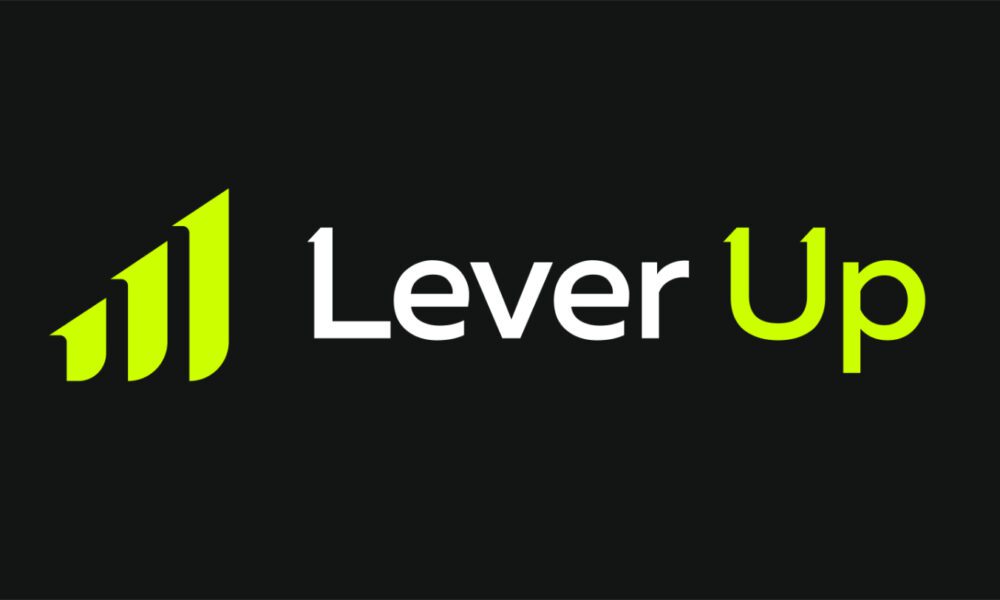As global supply chains become more complex and unpredictable, Fourth-Party Logistics (4PL) providers are emerging as the orchestration layer businesses need, but adoption must be strategic, experts warn.
Global Supply Chains Under Pressure
Global supply chains are facing unprecedented disruption. Geopolitical instability, shifting trade policies, port congestion, climate-related shocks, and cybersecurity risks have made linear logistics models harder to sustain. As Gartner notes, “The growth in demand for 4PL partnerships is largely a result of the impact and ongoing risk that various disruptions pose to logistics networks and global supply chains.”
Companies that once relied on a handful of partners now juggle dozens of carriers, warehouses, and technology platforms, often with limited visibility across the chain. Fourth-Party Logistics (4PL) providers, which integrate and manage multiple warehouses, carriers, and technology systems under one umbrella, are increasingly being viewed as a control tower for resilience.
“In today’s climate, the question is less about whether you need logistics support and more about how you stitch that support together,” said Paul Lockwood, UK & Ireland Group Managing Director at SEKO Logistics. “When stitching together the previously disparate components of the supply chain, businesses are quickly able to turn supply chain difficulties into a competitive advantage.”
Data Points: Why 4PL is Gaining Momentum
- The global 4PL logistics market was valued at USD 59.6 billion in 2024 and is projected to grow to USD 133.3 billion by 2034, reflecting an 8.5% CAGR over the 2025–2034 forecast period (InsightAce Analytic).
- AI is reshaping supply chain decision-making, with adoption increasing from 35% to 45%, enabling businesses to enhance inventory optimisation, demand forecasting, and risk management (Tive).
- Automated purchase order–to–sales order workflows can cut administrative workload by up to 80% (Sourceday).
Paul Lockwood, UK & Ireland Group Managing Director, SEKO Logistics added “These figures highlight a fundamental shift in how companies view their supply chains. Growth in 4PL adoption shows businesses are no longer trying to manage fragmentation alone. The rapid rise of AI and automation demonstrates that technology is now central to achieving flexibility, scalability, and strategic oversight. Yet many organisations still struggle to connect the dots. That is where 4PL providers add real value by orchestrating these tools and partners into a cohesive, data-driven, and resilient network.”
The Case for 4PL
4PL providers bring orchestration to fragmented supply chains. Acting as neutral supply chain orchestrators, they coordinate multiple warehouses, carriers, and technologies under a single strategic command. This system creates greater/strategic visibility by connecting siloed systems, resilience by enabling businesses to reroute or scale quickly during volatility as markets dictate, and efficiency by consolidating management overhead and negotiating power.
Industry analysts agree. In its 2024 Market Guide for Fourth-Party Logistics, Gartner highlighted the rising demand for 4PLs as companies diversify production footprints and reconfigure trade flows.
“Companies are choosing to make products in different locations, which results in a different flow of freight from various countries,” said David Gonzalez, VP Analyst at Gartner. “That increases complexity but also the flexibility that companies want to retain in the way they deploy their global supply chain networks. I think those two are the key reasons why we’ve seen an increase in demand for 4PLs.”
SEKO experts echo this view.
“Fragmented supply chains without a central control layer are like traffic networks without signals, everything’s moving but nothing flows,” said Ed Hill-Male, UK & Ireland Sales Director at SEKO Logistics. “4PL providers give that control layer, so the complexity works rather than breaks.”
Still, the model is not a one-size-fits-all solution. 4PL tends to work best for companies with multi-region, multi-partner networks or those repeatedly disrupted by volatility. It also benefits businesses seeking to offload orchestration complexity and focus on their core capabilities. But risks remain: ceding orchestration can mean a loss of direct control, integration with legacy systems is rarely straightforward, and over-reliance on a single partner can create vendor lock-in.
“Companies often ask, ‘Should we insource or outsource orchestration?’” added Paul Lockwood, UK & Ireland Group Managing Director. “Unless you already have mature orchestration capabilities in-house, the shift is steep. A phased approach, starting hybrid with clear milestones, is usually the most effective path.”
Case Studies in Action
Several businesses are already leveraging SEKO’s 4PL approach to achieve agility at scale:
- citizenM turned to SEKO to orchestrate its global hotel supply chain, gaining visibility across multiple geographies and suppliers.
- Virgin Atlantic partnered with SEKO to streamline complex aviation logistics, cutting inefficiencies and improving resilience in a highly regulated environment.
“The benefits to SEKO’s customers have been huge, with global inventory levels reducing by as much as 32%, operating costs reducing by 25% and inventory turning 40% faster” said Ed Hill-Male, UK & Ireland Sales Director, SEKO Logistics. “The strategic oversight provided brings a faster time to market while turning the various adversities global supply chains have seen in recent times into competitive advantages”.





























